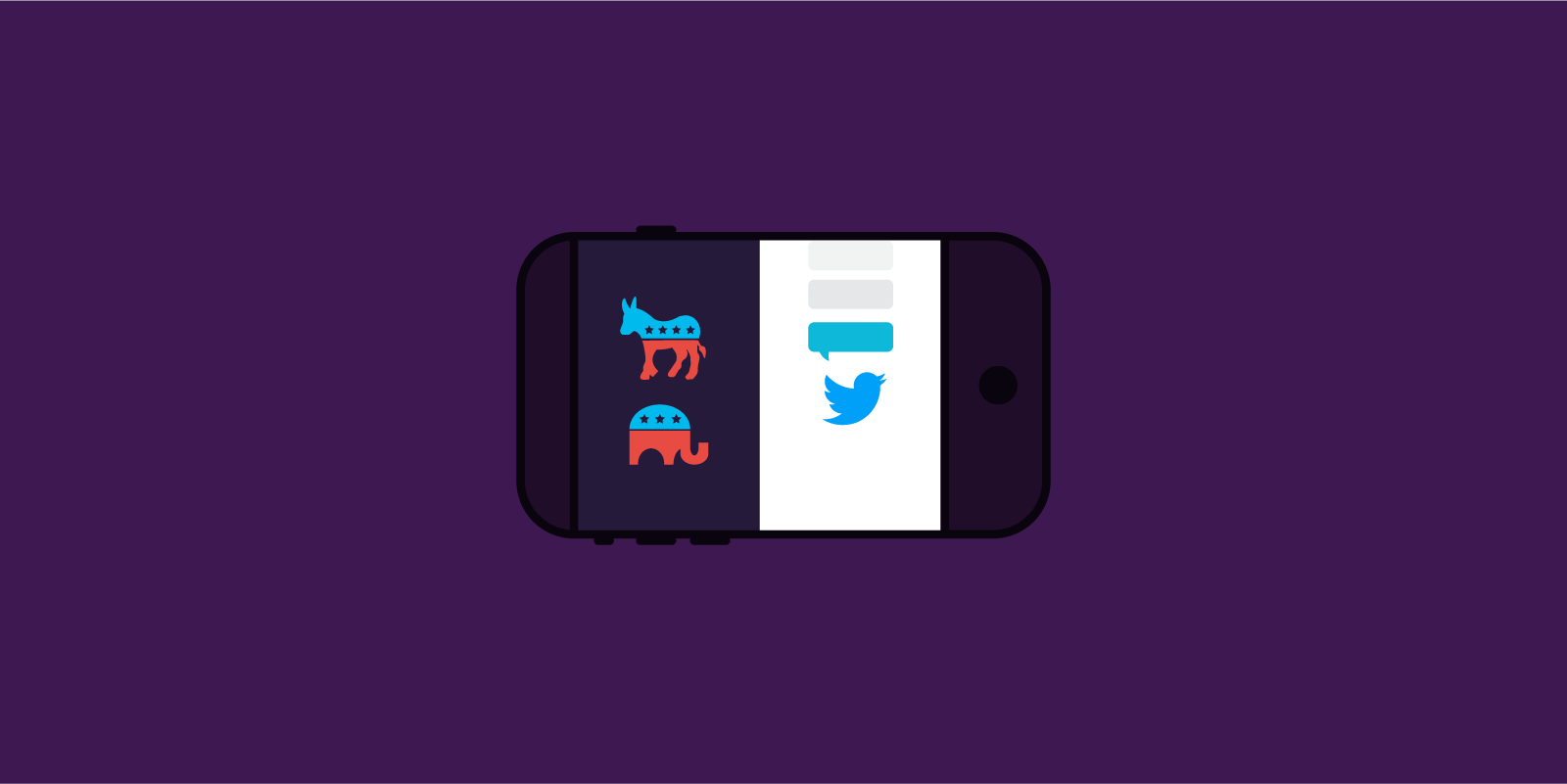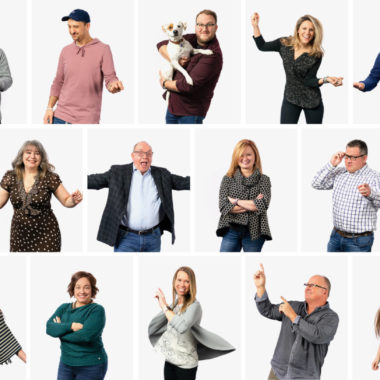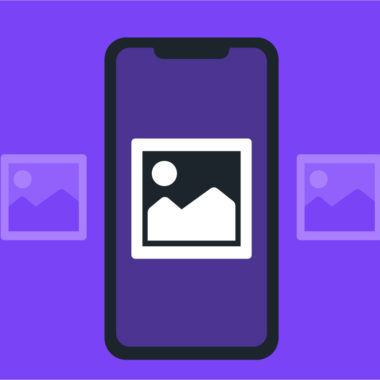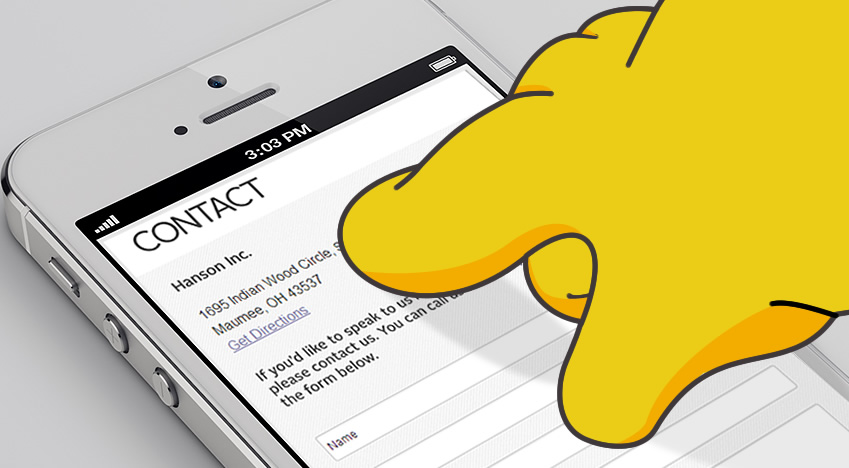This Political Season’s Big Winner? Live Video
Last week was the Republican National Convention in Cleveland; this week it’s the Democrats’ turn in Philadelphia. For political junkies, the only thing better than watching coverage of the conventions is live-tweeting the conventions—something most of us have only been able to do once before.
Wait, really? Really. Though it had released several years earlier, it was 2009 before Twitter started getting the media attention that led to significant expansion of the userbase. So the 2012 presidential election was the first opportunity to go all #politicaljunkie on a massive scale.
But that was second-screen affair, where we took our social media apps to the convention coverage. Four years later, we’re in a real-time poli-sci nirvana. Because not only are we tweeting and facebooking our reactions during the live events, but we’re doing it on the same screen we’re using to watch the livestream. Major case in point: Twitter’s deal with CBS to livestream both conventions next to the relevant tweet stream.
So it’s not news that social media has been a huge influence in politics for years. But what’s interesting right now is how the conventions and the news media are using mobile video in social spaces to directly deliver (not just supplement) their live coverage.
In an interview with CNET, Samantha Osbourne, digital director of the Republican National Convention, explained their unprecedented focus on social content by saying, “A third of all registered voters aren’t watching TV.” But of course she didn’t mean they’re not watching video. YouTube, Twitter, and Snapchat were among the media trailers lined up last week outside the RNC venue, and this week you’ll find them doing it all over again at the DNC in Philadelphia.
Think with Google (the search giant’s data analysis publication platform) has reported on how online video content is influencing voter opinion. “Since April 2015,” the report stated back in March 2016, “people have watched more than 110 million hours of candidate- and issues-related content on YouTube. That’s 100X the amount of time it would take to watch all content ever aired on CNN, C-Span, MSNBC, and Fox News combined.”
That video content isn’t live, but the volume being watched (combined with another Think with Google study showing that as far back as 2015, over 50% of YouTube consumption was on mobile) speaks to the change in how consumers are seeking out political information. The Google case study also points out how candidates have been using video over the last year or two to craft their own narratives straight to the voters, without relying on the party PR or the news media to pass on their messages.
None of this was possible until very recently. While Snapchat came on the scene in 2011, live video wasn’t a feature of the platform until mid-2014. Periscope, which quickly became the live-broadcasting app of choice for Twitter users, was released early last year. And it was only a few months ago that Facebook Live rolled out to all users (adding to complex ethical discussions about access to violent content), having previously been restricted to big brands, celebrities, and media personalities.
These developments are rapidly changing our expectations about information and public discourse. We expect people to speak for themselves. We expect to find those statements delivered to us in the social spaces we frequent. And we expect it to happen in real-time (or very close to it).
That point is not lost on the current political candidates, the parties they represent, and others with public or private interest in how dialogue occurs. Thus, as noted earlier, both conventions are getting Live coverage on Twitter. Facebook is partnering with major media outlets to provide Facebook Live broadcasts from the conventions. And Snapchat is using its Live Stories feature to broadcast a curated feed of convention-based Snaps produced by users.
So while the Republicans and Democrats argue about their respective platforms, the platforms Americans currently seem to agree on are the social networks delivering the live video they’ve come to expect.





